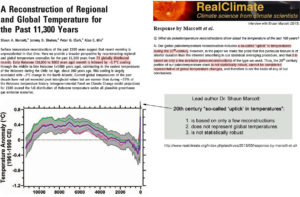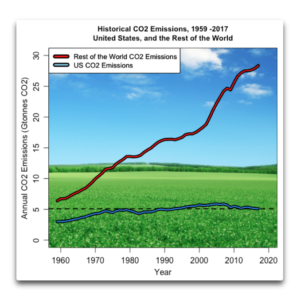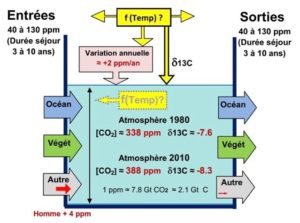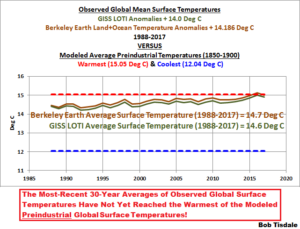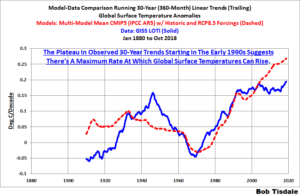by K. Richard, December 24, 2018 in NoTricksZone
Between 60 and 40 thousand years ago, during the middle of the last glacial, atmospheric CO2 levels hovered around 200 ppm – half of today’s concentration.
Tree remains dated to this period have been discovered 600-700 meters atop the modern treeline in the Russian Altai mountains. This suggests surface air temperatures were between 2°C and 3°C warmer than today during this glacial period.
Tree trunks dating to the Early Holocene (between 10.6 and 6.2 thousand years ago) have been found about 350 meters higher than the modern treeline edge. This suggests summer temperatures were between 2°C and 2.5°C warmer than today during the Early Holocene, when CO2 concentrations ranged between about 250 and 270 ppm.
None of this paleoclimate treeline or temperature evidence correlates with a CO2-driven climate.

…


